Sports
We help clients deliver the best experience for guests and teams, activate communities, and create a return on investment by designing sports and entertainment venues with enhanced technology, service, and amenities.
University of Cincinnati Indoor Practice Facility and Performance Center, Cincinnati
“
The rise in women’s sports, driven by increased visibility, investment, and advocacy for gender equality, has fueled demand for dedicated training facilities.
—Elizabeth Pritchett, Sports leader
27 Items
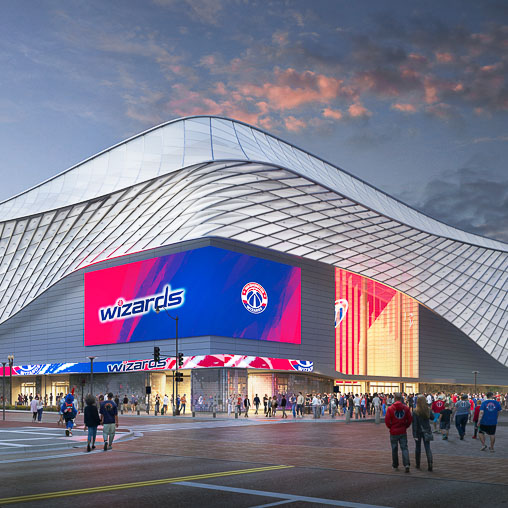
Capital One Arena
Washington, D.C.
Downtown Washington, D.C.’s premier sports and entertainment venue has entered a new chapter that solidifies the structure’s enduring legacy as the central hub of the city’s vibrant urban core.
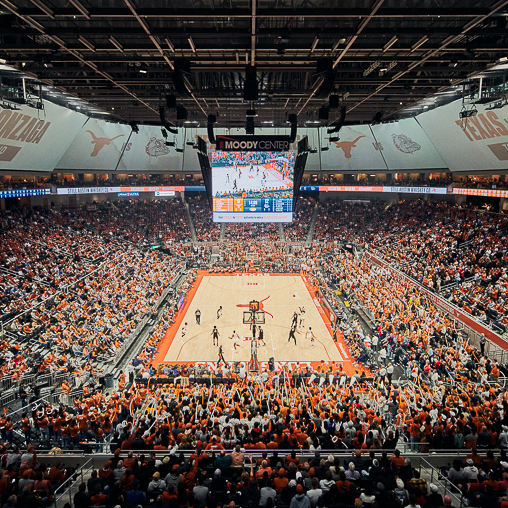
University of Texas at Austin, Moody Center
Austin, Texas
Gensler helped the University of Texas consolidate its campus sports venues and create a LEED Gold Certified basketball arena and live music venue.
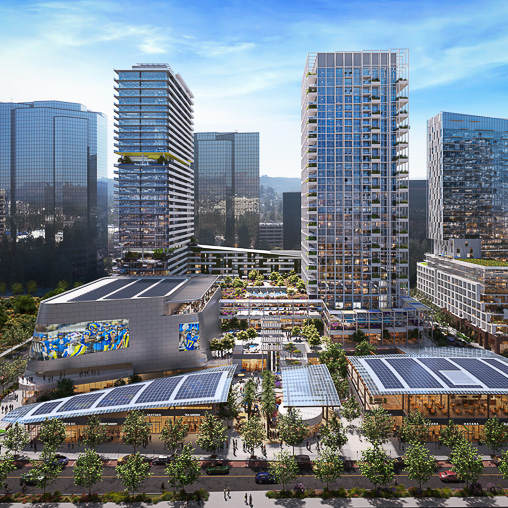
Rams Village at Warner Center
Woodland Hills, California
With the NFL’s Los Angeles Rams training facility as an anchor, this mixed-use development offers a modern lifestyle where athletes, residents, and visitors can live, work, and play.
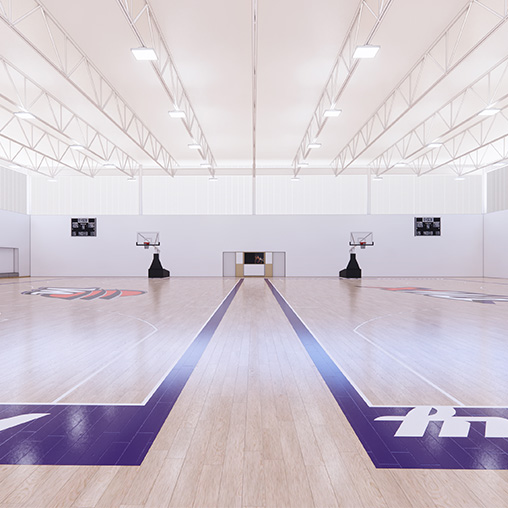
Phoenix Mercury Training Facility and Headquarters
Phoenix, Arizona
Gensler has partnered with the Phoenix Mercury to design a new facility specifically aimed to redefine the way women athletes train and prepare for games.
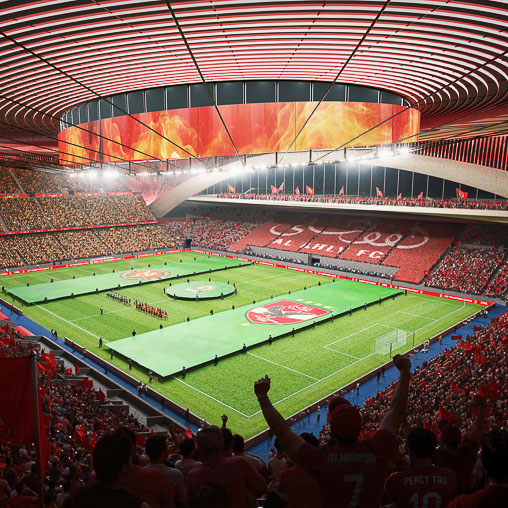
Al-Ahly Stadium
Cairo, Egypt
Gensler has developed a concept design for a world-class, ground-up stadium for the Al-Ahly football club that redefines the fan experience, drives economic growth, and sets a new benchmark in sports architecture globally.
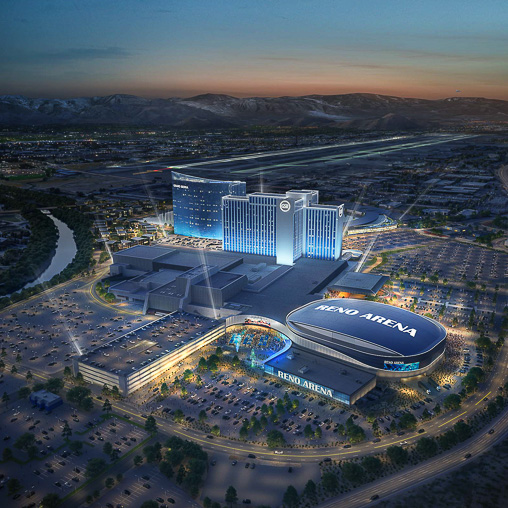
Grand Sierra Resort Reno Arena
Reno, Nevada
Gensler collaborated with Meruelo Group to transform the Grand Sierra Resort into a destination where community, sports, and entertainment come together.
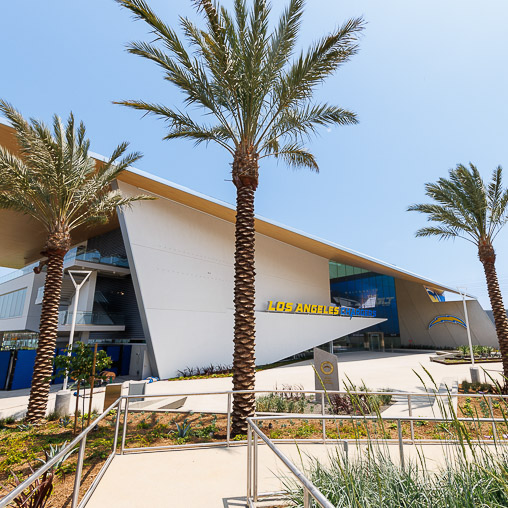
Los Angeles Chargers Headquarters and Training Facility
El Segundo, California
The Los Angeles Chargers’ headquarters and training facility promotes physical fitness and mental well-being to support well-rounded achievement.
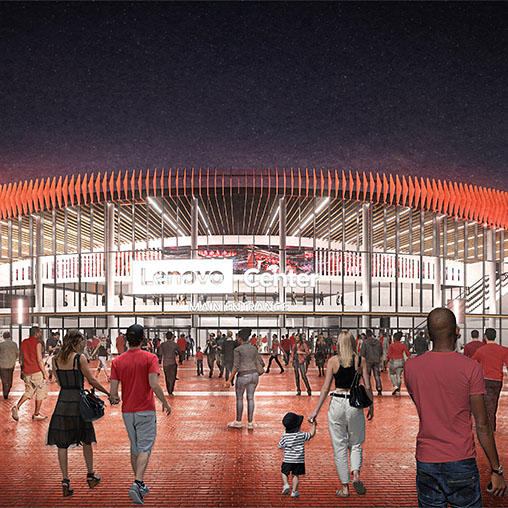
Lenovo Center
Raleigh, North Carolina
Gensler is leading a dramatic transformation of the Lenovo Center (formerly PNC Arena), elevating it to a premier destination for sports and entertainment.
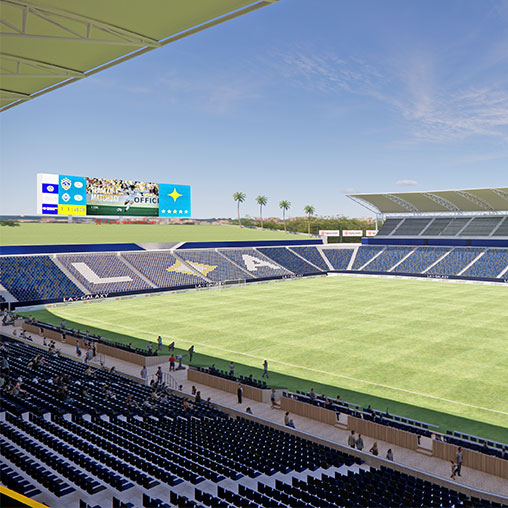
LA Galaxy Dignity Health Sports Park Renovations
Carson, California
The LA Galaxy is refreshing its home soccer stadium to offer enhanced seating options for season ticket holders, attract a growing fan base, and elevate the matchday experience.
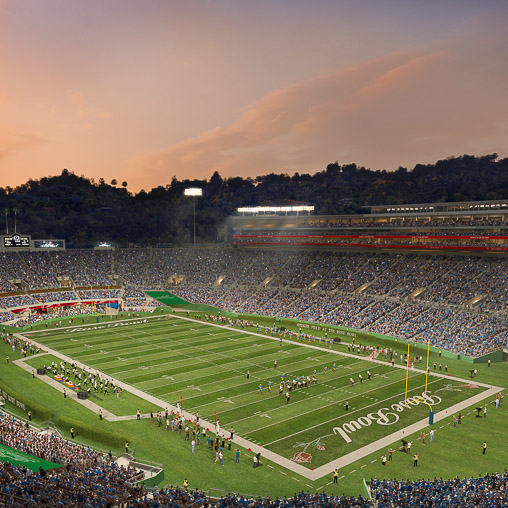
Rose Bowl Stadium Upgrades
Pasadena, California
The Rose Bowl is undergoing an $80 million renovation to modernize the venue and preserve its historic legacy, while ensuring lasting impact and future success.
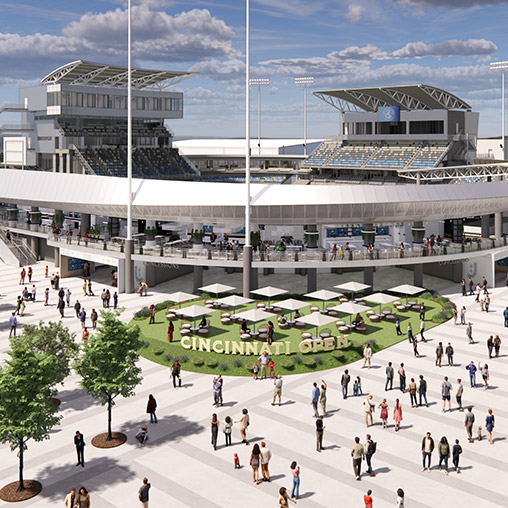
Cincinnati Open
Mason, Ohio
The Cincinnati Open, one of the longest running tennis tournaments in the U.S., is undergoing a campus-wide renovation ahead of the 2025 tournament.
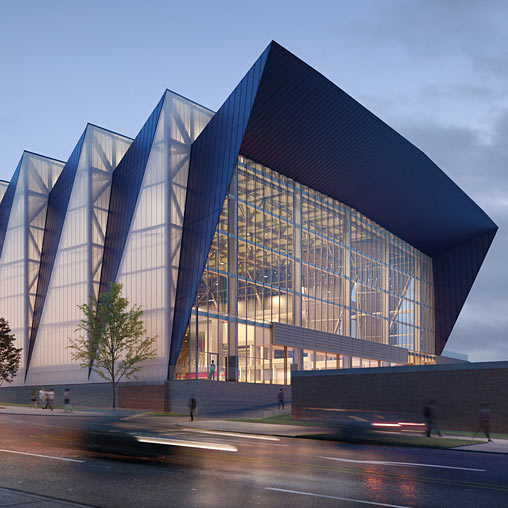
The University of Cincinnati Indoor Practice Facility and Performance Center
Cincinnati, Ohio
The University of Cincinnati Indoor Practice Facility and Performance Center is designed with a focus on innovation and enhancing the student-athlete experience

Arthur M. Blank U.S. Soccer National Training Center
Fayetteville, Georgia
The training center will create a central hub for the entire soccer community to promote successful and sustainable playing environments throughout the country.
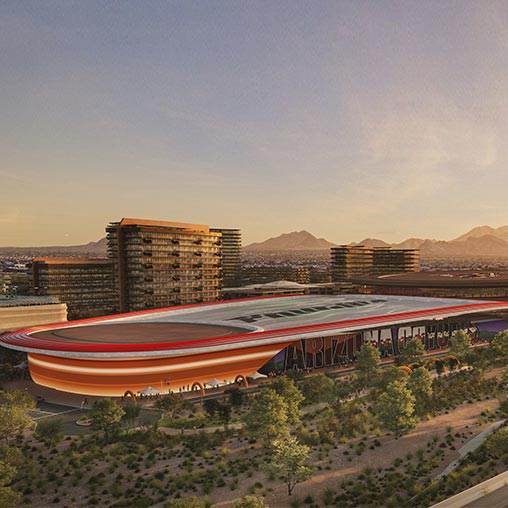
Arizona Coyotes Arena and Entertainment District
Phoenix, Arizona
Gensler’s recent master plan for a lifestyle and entertainment epicenter in Phoenix proposed anchoring the development with a sports and entertainment arena.
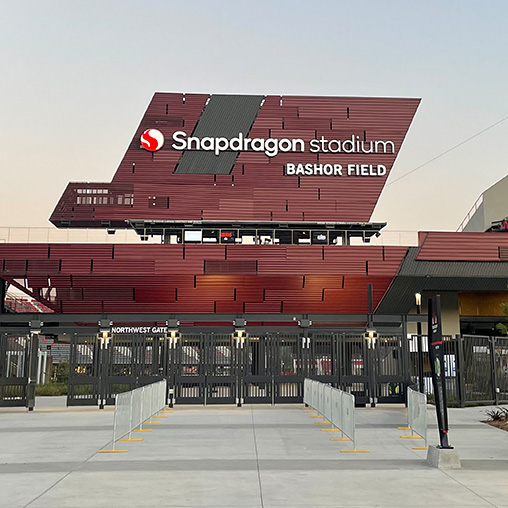
San Diego State University, Snapdragon Stadium
San Diego, California
Snapdragon Stadium is a 35,000-seat Division 1 stadium, designed by Gensler, for SDSU Football.
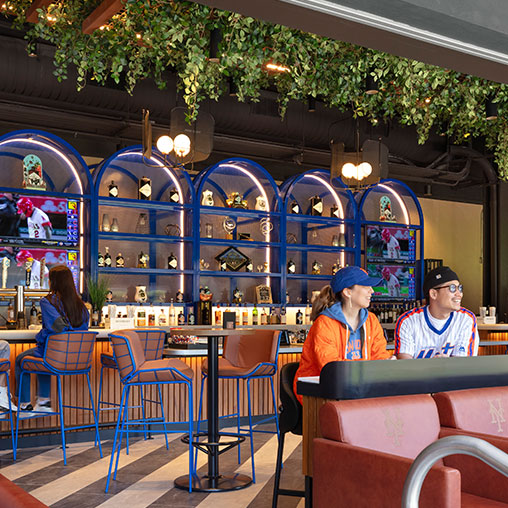
New York Mets Citi Field
Queens, New York
To enhance visitors’ game day experience, Gensler worked to upgrade several key club and suite spaces at the New York Mets’ Citi Field.

Chase Center
San Francisco, California
Gensler led the guest experience and interior design for Chase Center, an 8,000-seat arena that is home of the 2022 NBA Champions, Golden State Warriors.
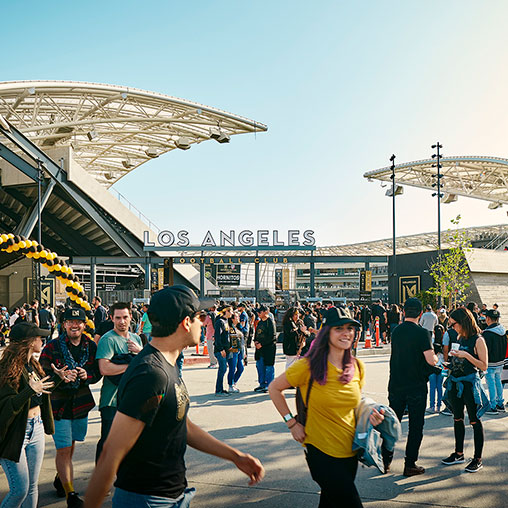
BMO Stadium
Los Angeles, California
Gensler designed the 22,000-seat BMO Stadium in L.A.’s Exposition Park, anchoring the Figueroa corridor and capitalizing on great views of the downtown skyline.
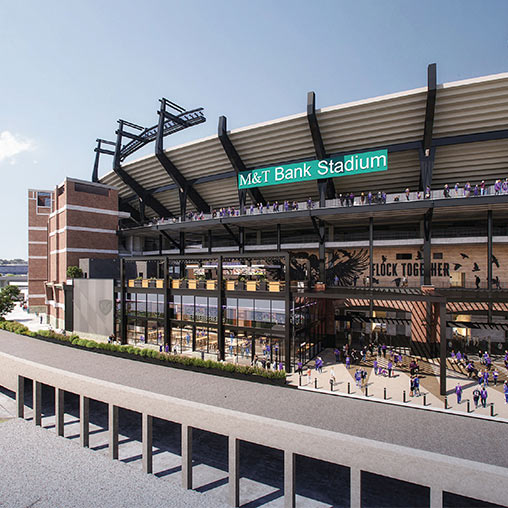
M&T Bank Stadium
Baltimore, Maryland
Gensler is partnering with the Baltimore Ravens to design a series of projects that will enhance the gameday and year-round fan experience at M&T Stadium.
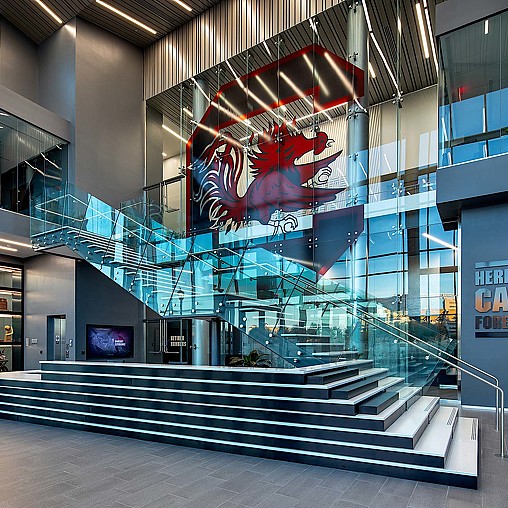
University of South Carolina Football Operations Building
Columbia, South Carolina
Quackenbush Architects and Gensler Sports partnered to design the 110,000-square-foot Football Operations Building at the University of South Carolina. This...
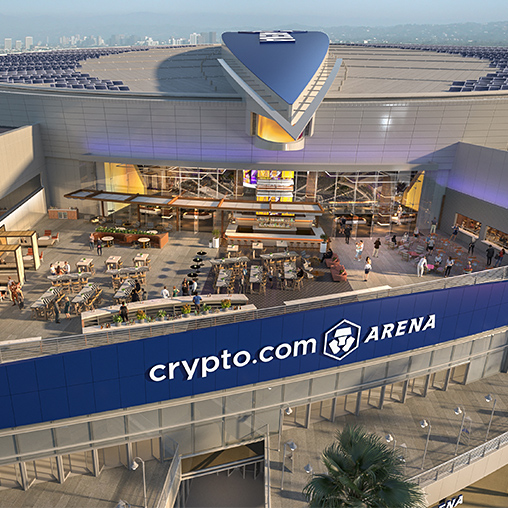
Crypto.com Arena
Los Angeles, California
Crypto.com Arena (formerly STAPLES Center) is the largest indoor sports and entertainment venue in Los Angeles, and the only arena in the United States that’s home to four major professional sports franchises.
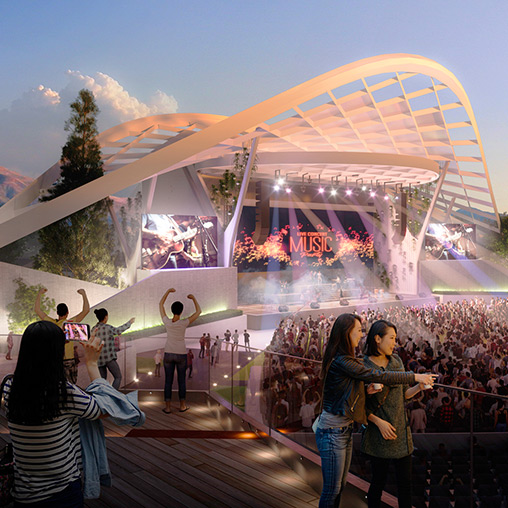
Irvine Amphitheater
Irvine, California
Gensler is designing a new, 14,000 capacity amphitheater and extending the legacy of live outdoor music in Irvine, starting with Irvine Meadows.
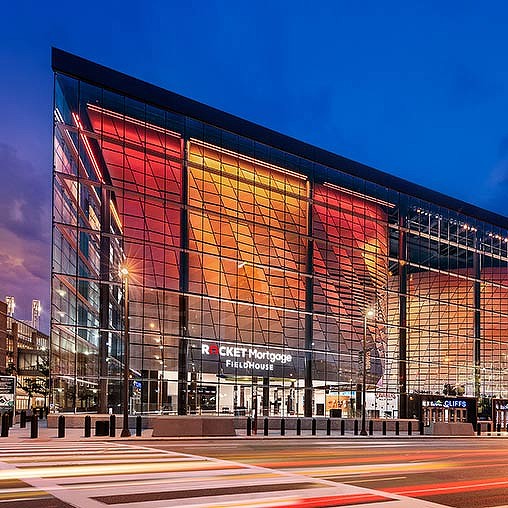
Rocket Mortgage FieldHouse
Cleveland, Ohio
The new Rocket Mortgage FieldHouse expands the arena’s event space, boosts its functionality, and provides a substantially improved visitor experience for sports fans and concert-goers alike.
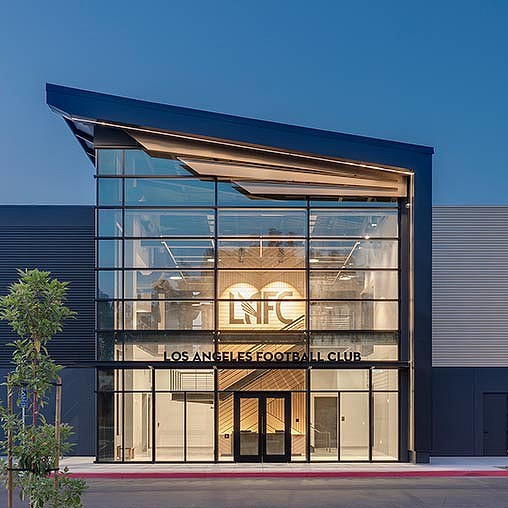
LAFC Performance Center
Los Angeles, California
The LAFC Performance Center embodies the culture of the club and the city, both aesthetically and functionally. Coinciding with the inaugural season of the...
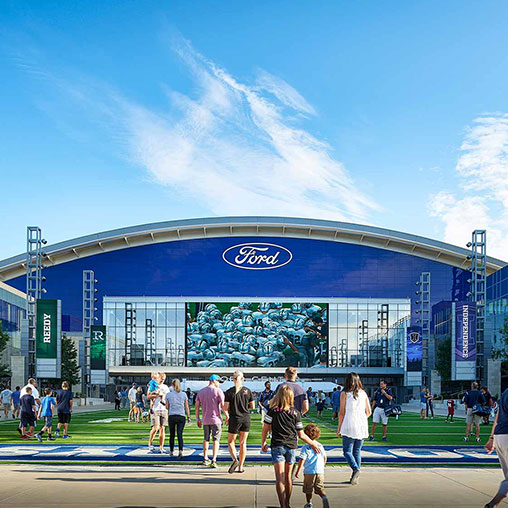
The Star
Frisco, Texas
The Star is a multi-use development that includes the new Dallas Cowboys’ headquarters and The Ford Center, an events center and sports training facility.
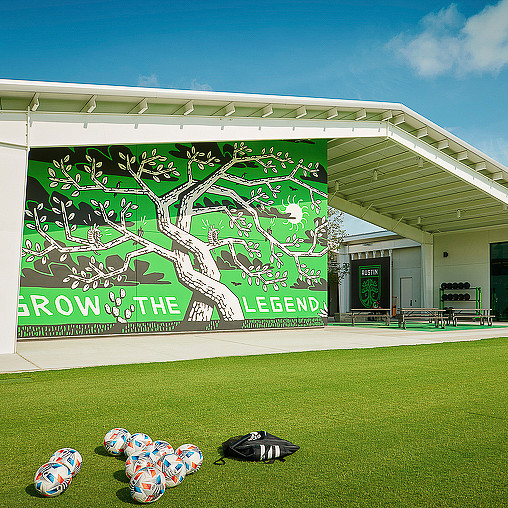
St. David’s Performance Center
Austin, Texas
The training facility for the MLS franchise, Austin FC, is designed to leverage the power of soccer to make a positive impact in community and youth wellness.
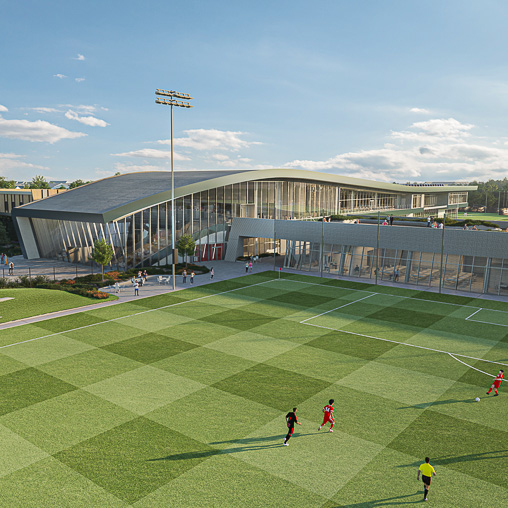
New York Red Bulls Training Complex
Morris Township, New Jersey
The New York Red Bulls partnered with Gensler to design a training facility that will bring professional, academy, and youth programs together under one roof.
INSIGHTS
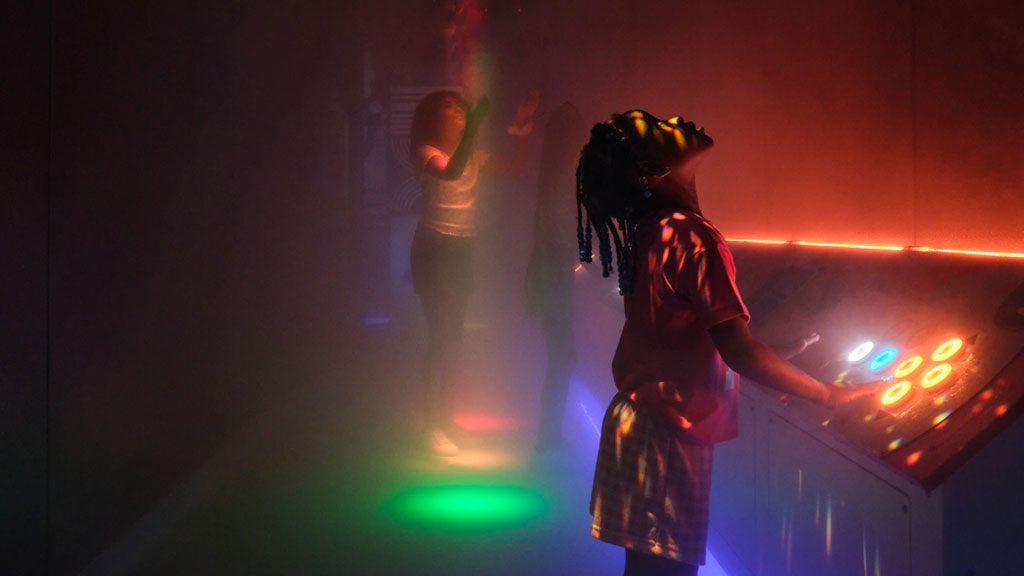
Blog
What Do Consumers Want? Gensler’s U.S. Consumer Experience Report Uncovers Key Insights
Gensler’s latest consumer research delves into how design can impact human experiences for the better.
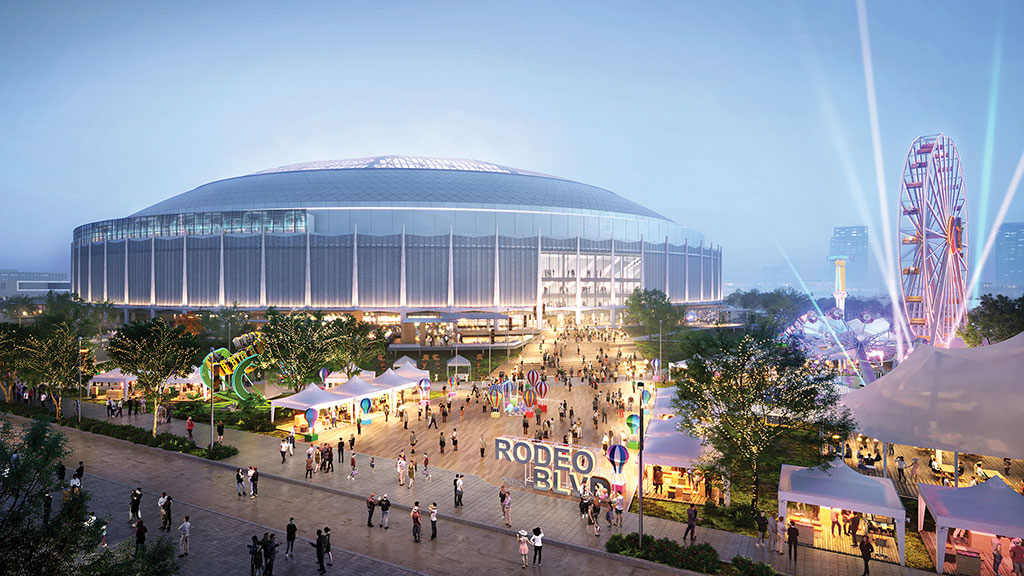
Blog
How Repositioning Houston’s Astrodome Can Serve as a Model for Aging Sports and Entertainment Venues
A proposal to redevelop and repurpose the iconic stadium into a multi-use venue would preserve the building’s historic integrity while giving it new life.
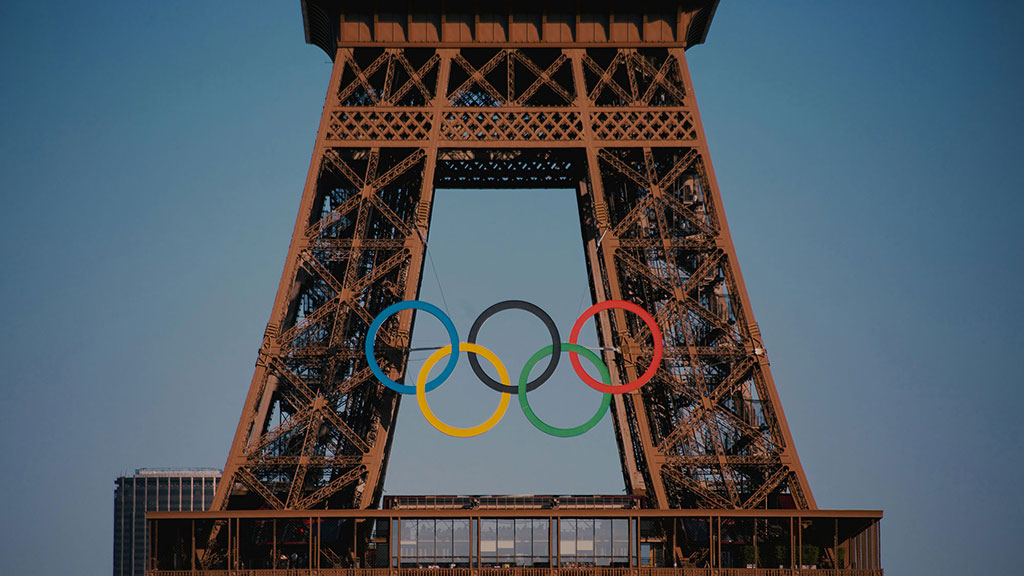
Blog
The Secret to Paris 2024’s Olympic Success? Reuse, Temporality, and Legacy
How an innovative, sustainable, and cleverly timed approach helped Paris avert the pitfalls many cities face when hosting the Olympic Games.
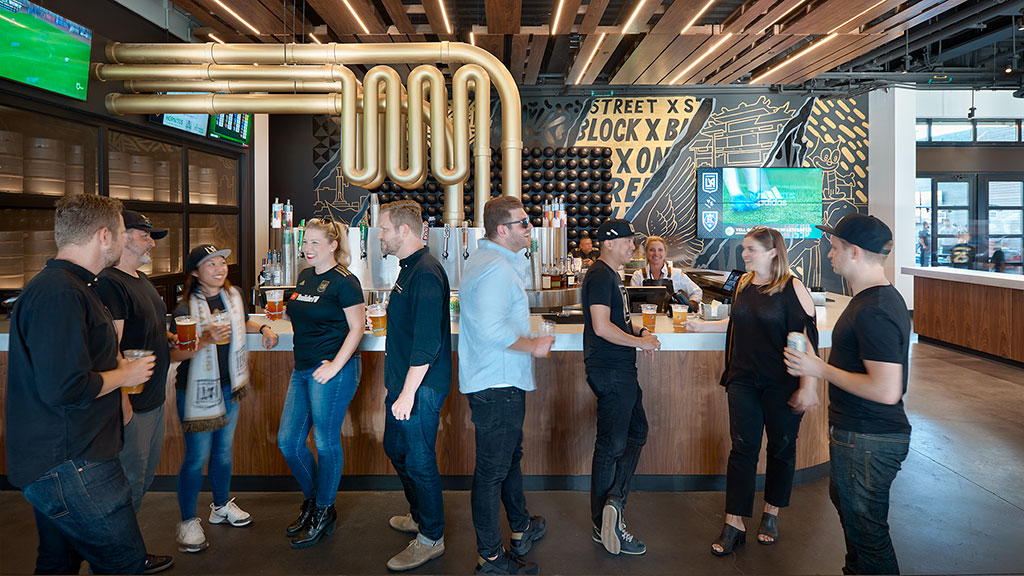
Blog
The Evolution of Sports Venue Brand Integration: From Simple to Sophisticated
The new landscape of brand in sports is more sophisticated than ever.
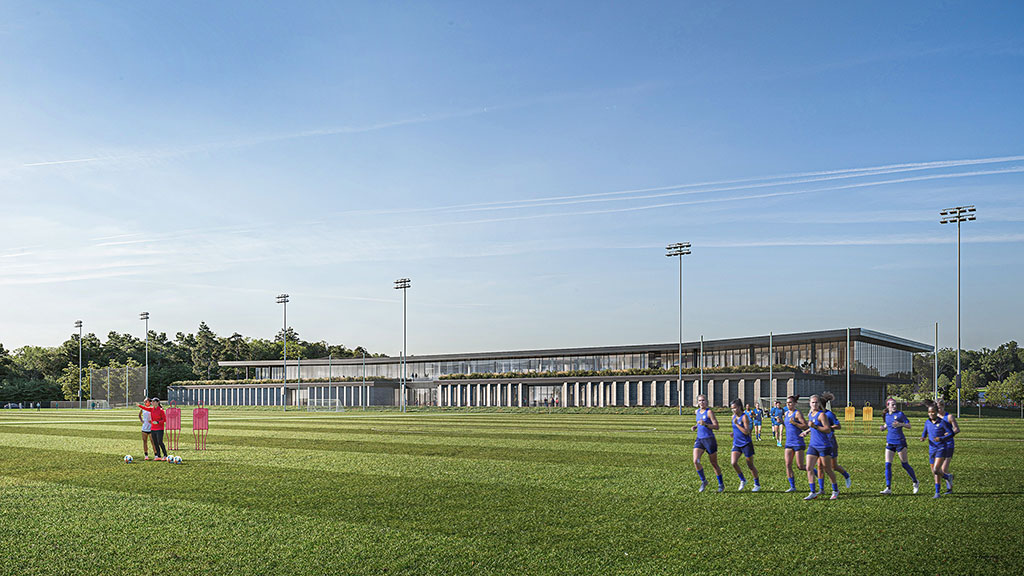
Blog
The “Mental Load” and Its Effect on Athlete Performance
We can help reduce athletes’ mental load by including specific amenities in training facilities and giving them the space and time to focus on being at the top of their game.
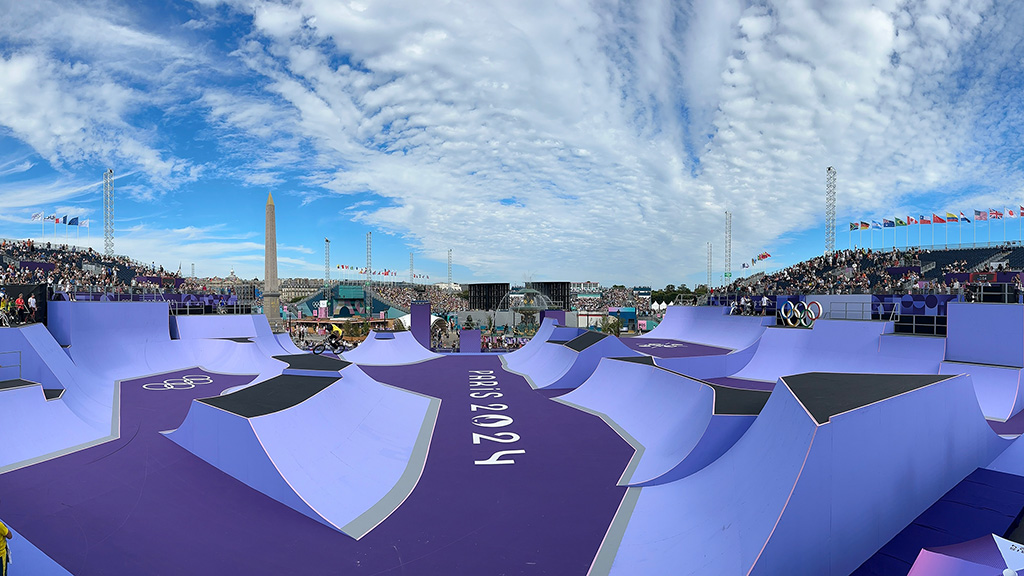
Blog
Reflecting on the Paris 2024 Olympics: A Catalyst for Urban Transformation and Sustainability
A look at how the key trends emerging from the 2024 Summer Olympics are creating a more inclusive and sustainable future for sports and urban development.
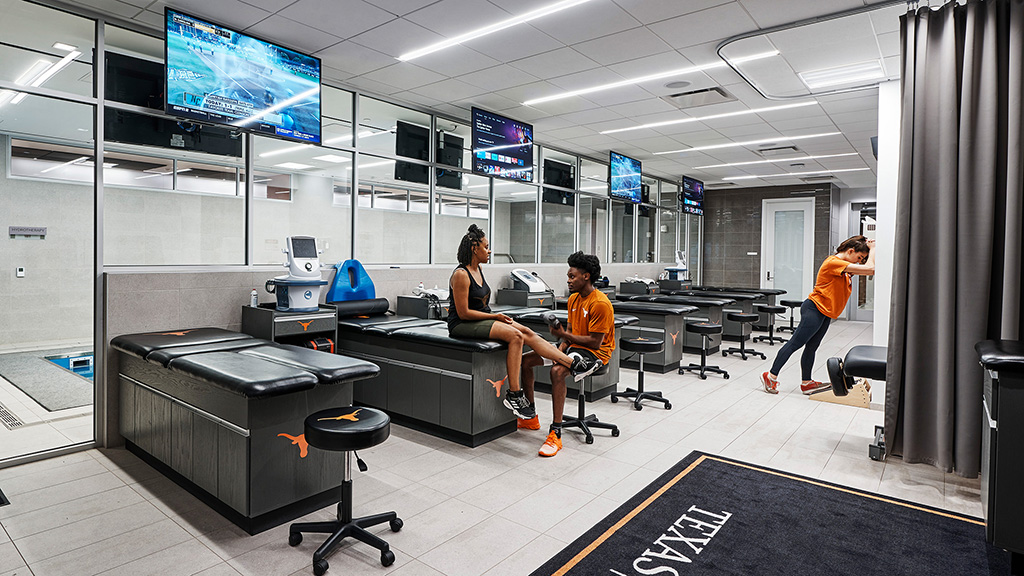
Blog
How Modern Training Centers Can Shape Tomorrow’s Champions
Helping athletes achieve their best, training centers and human performance labs (HPLs) are playing more important roles than ever to support competitors.
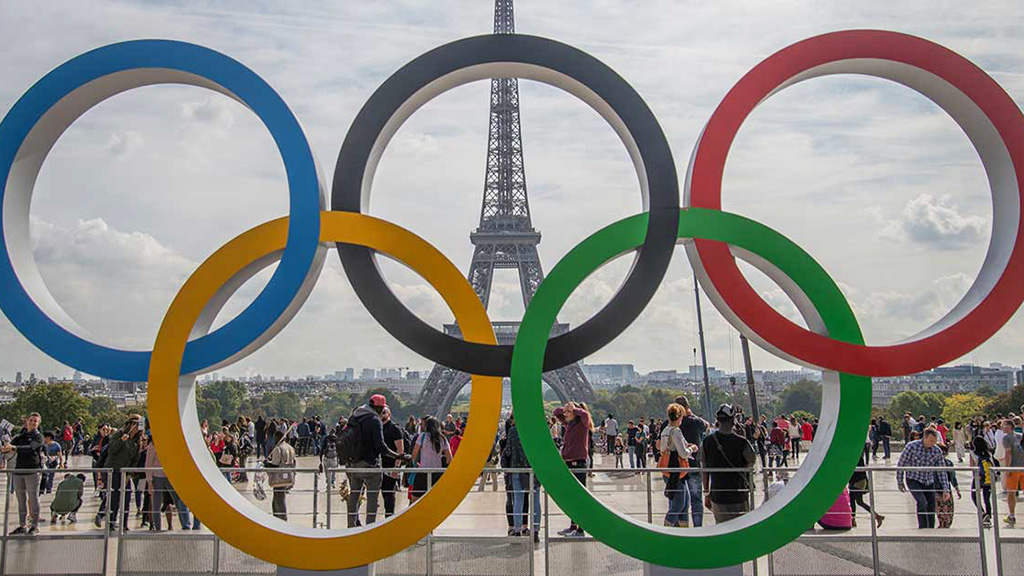
Blog
How the Olympics and Paralympics Can Shape Cities in New Ways
A look at the legacy, equity, and sustainability shaping the Games, and how this event can unlock a city’s future potential while showcasing it in novels ways.
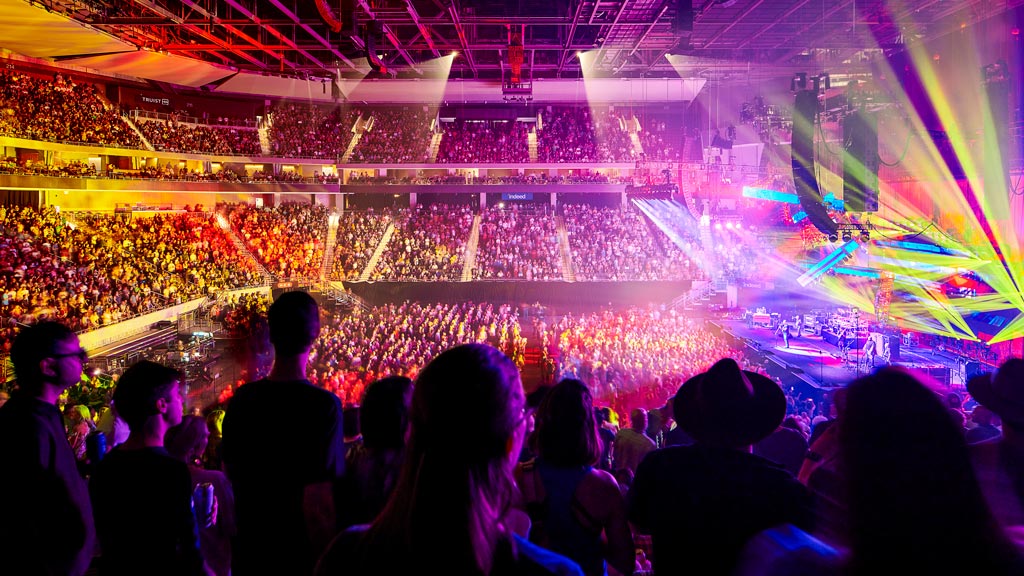
Blog
How Technology Is Redefining the Fan Experience at Sports and Music Venues
In this Q&A, our Digital Experience Design and Sports leaders discuss how technology is currently being used to streamline venue operations and enhance the fan experience.
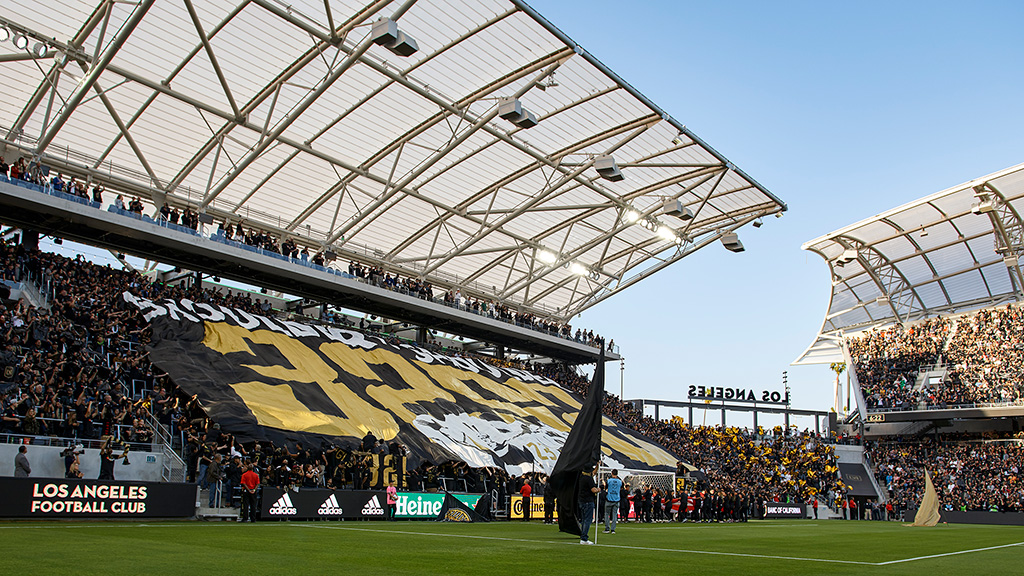
Blog
Elevating the “Standing Room Only” Fan Experience in Sports Venues
In recent years, sports design focused on the premium fan experience. But how can we cater to the standing-room only crowd and make them feel part of the venue experience?
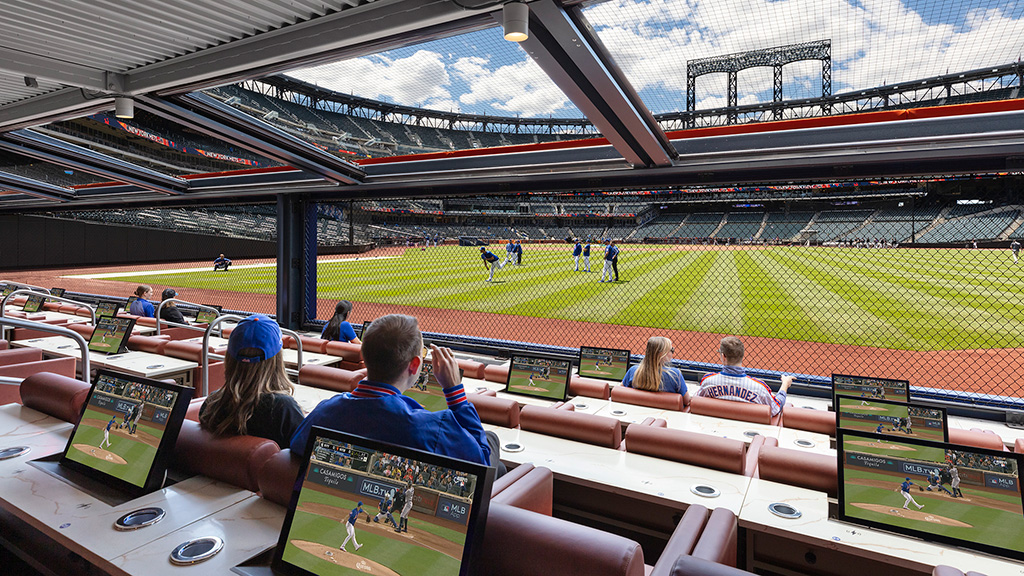
Blog
Small Upgrades, Big Impact: How Sports Facilities Can Enhance the Fan Experience and Deliver ROI
Smaller projects within a sports facility create opportunities to keep a stadium fresh and transform fan experiences in targeted ways.
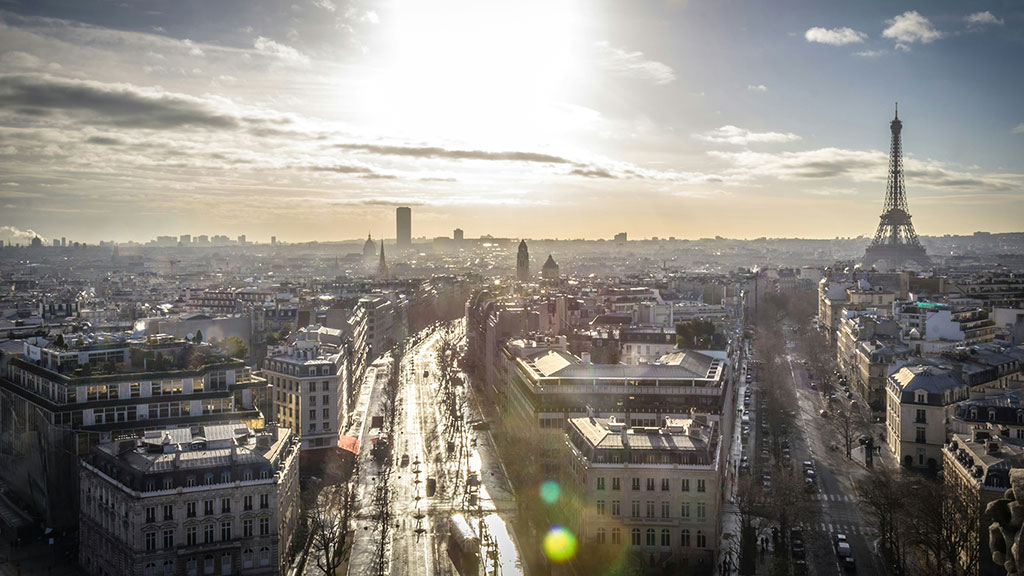
Blog
Trends to Look for at the 2024 Summer Olympics and Paralympics
How Paris 2024 is achieving more with less, and the trends shaping the Games wide open.
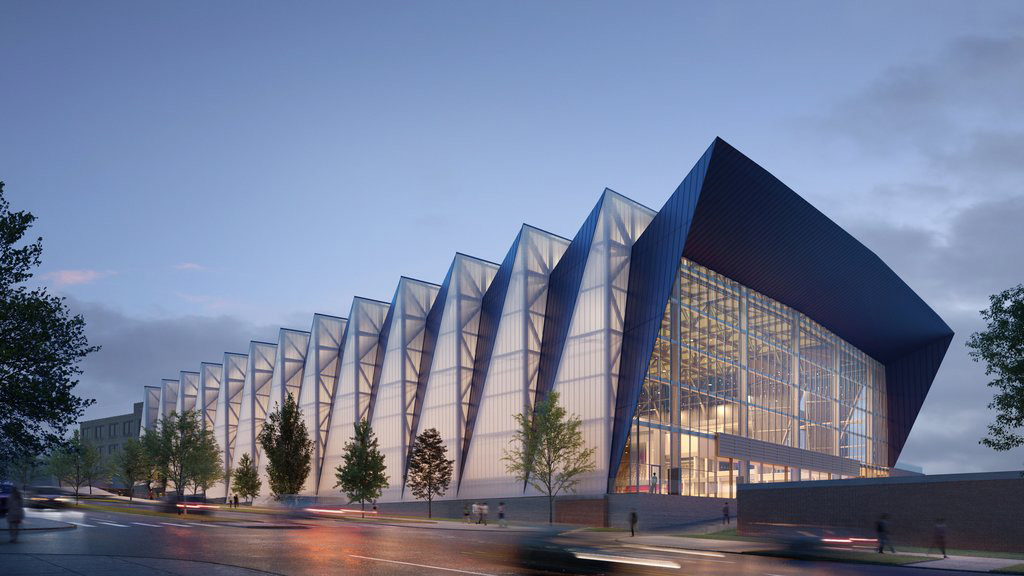
Blog
Writing the Next Chapter of Sports and Entertainment in Kansas City
Co-CEO Jordan Goldstein and Studio Director Greg Brown detail the evolution of sports and entertainment design and why expanding into this market offers unmatched opportunity.
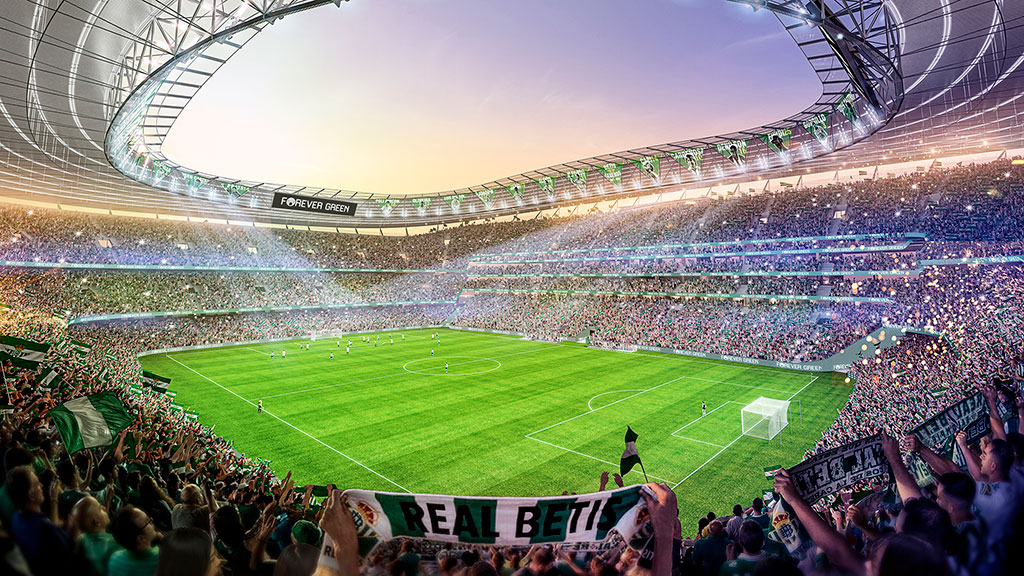
Blog
Trends Shaping Sports Venue Design in the European Market
Gensler Sports leaders discuss what’s next for stadium and training facilities in Europe, and key opportunities for growth in the European market.
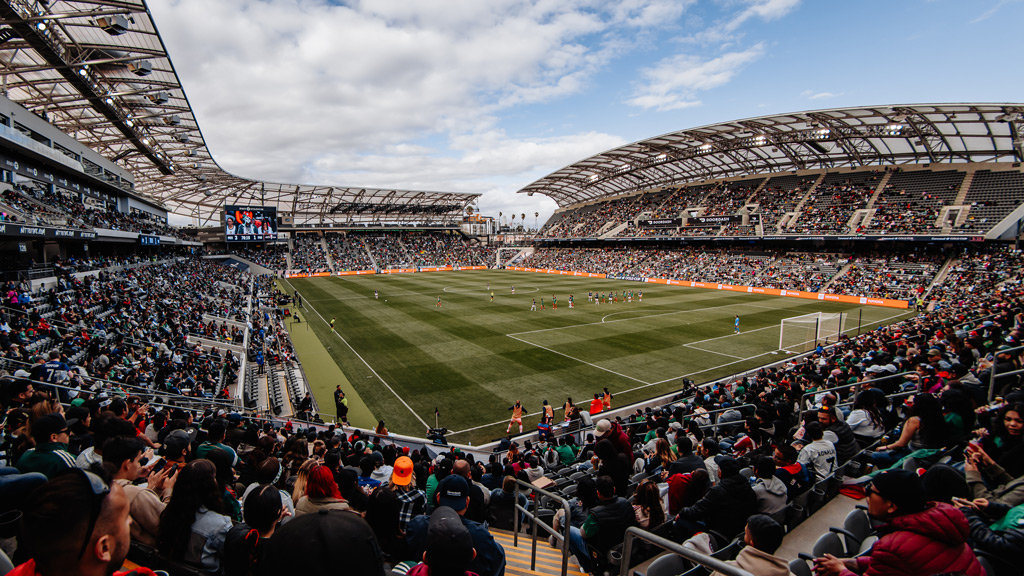
Blog
Trends to Watch: How the Rise of Women’s Professional Sports Is Impacting Venue Design
We talked to six leaders from Gensler’s sports practice about new trends informing the planning and design for the boom in women’s professional sports teams.
Trends in Sports
Professional women’s teams secure investments for dedicated practice facilities.
As the popularity of women’s professional sports continues to grow, teams and investors will create spaces that are tailored to the way women athletes train and prepare for games. These facilities will attract top talent and raise standards for gender equity.
Pro sports teams elevate the fan experience with hospitality-inspired VIP interiors.
In professional sports, teams deepen relationships with fans with premium-quality interior lounges, exclusive experiential entryways, and other VIP spaces in both new stadiums and renovations for older arenas.
College sports programs invest in state-of-the-art locker rooms and training facilities for men and women.
As competition for players increases across both men’s and women’s programs, universities look to attract top athletes with hospitality-inspired locker rooms and training centers that support performance and well-being.
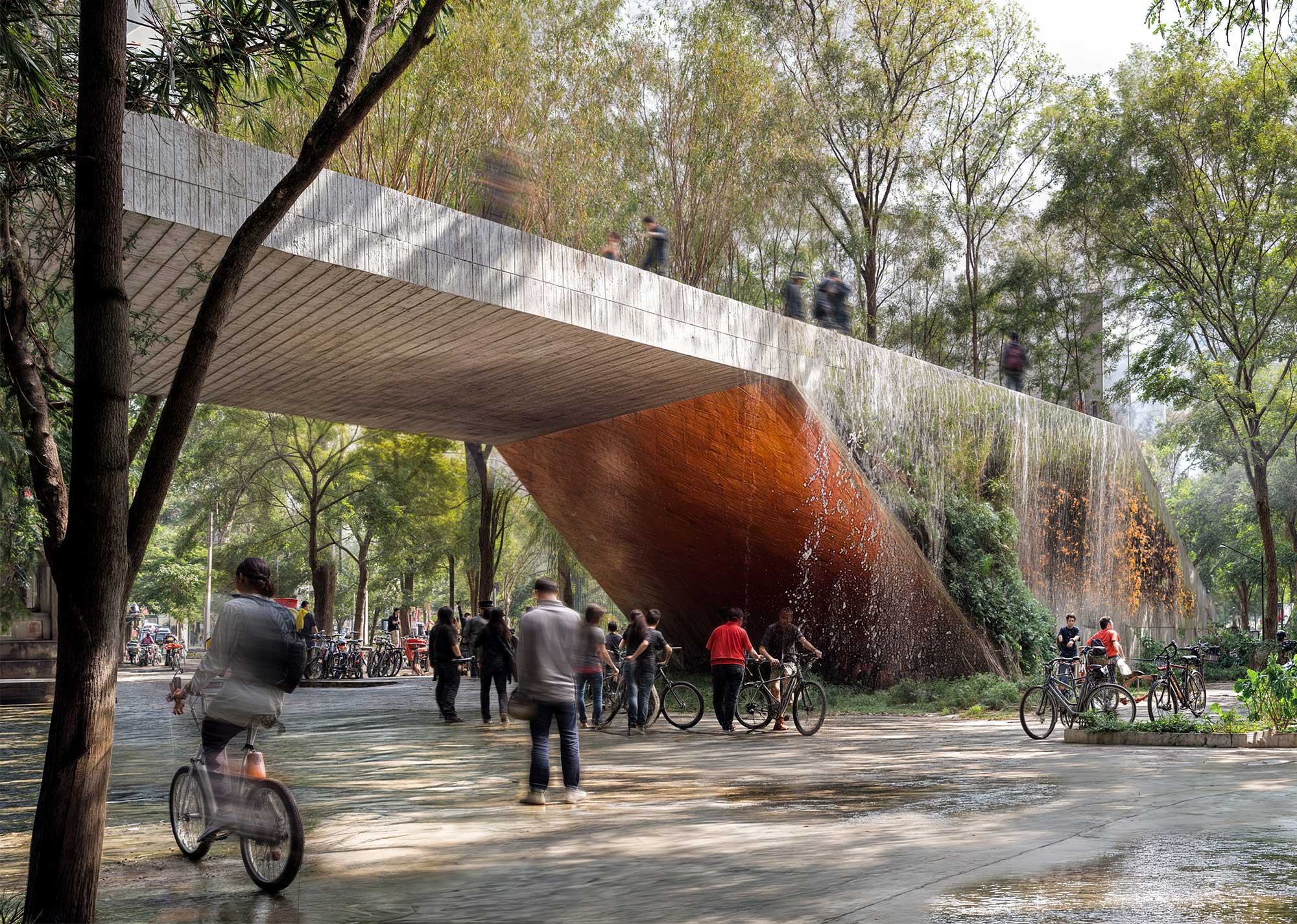
SPORTS LEADERSHIP
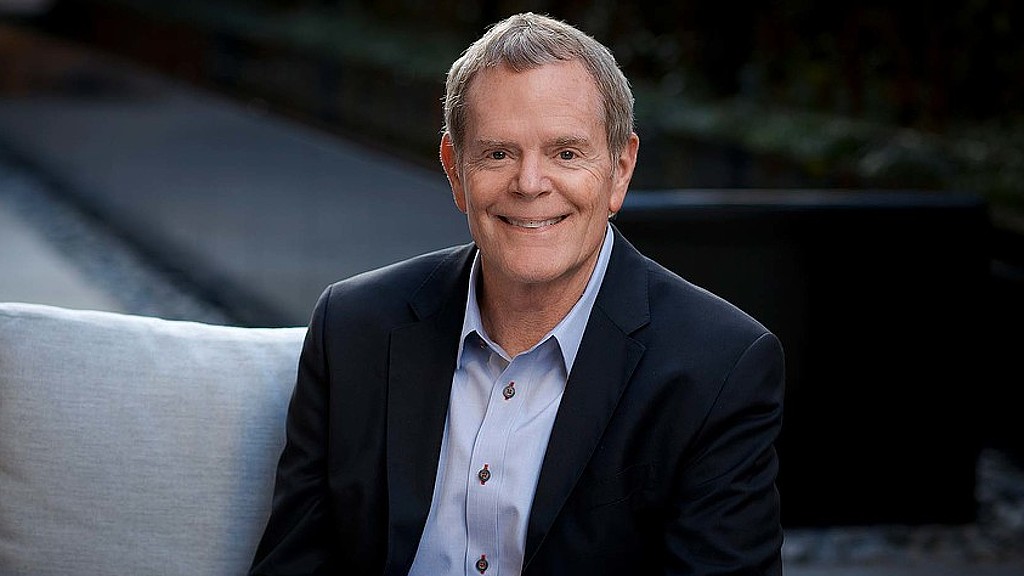
Ron Turner
Sports Leader, Studio Director, Principal
As a global Sports Leader at Gensler, Ron Turner is one of the industry’s most recognized sports facility designers.

Ryan Sickman
Sports Leader, Principal
Ryan Sickman is a global leader of Gensler’s Sports practice based in the Washington, D.C. office.

Steve Chung
Sports Leader, Design Director, Principal
Steve Chung is a Global Sports Leader and Design Director based in Gensler’s Los Angeles office who has led designs for sporting, training, recreation, and eSports facilities that leverage inclusivity, accessibility, and performance to create personal growth and community wellness.

Alex Phi
Studio Director
Alex Phi is a Design Director in Gensler’s Sports practice, based in Los Angeles, with diverse expertise in multimedia backgrounds and sports.

Andrew Jacobs
Design Director
Andrew is an accomplished designer of sports facilities of various types and sizes and is based in Gensler‘s D.C. office.
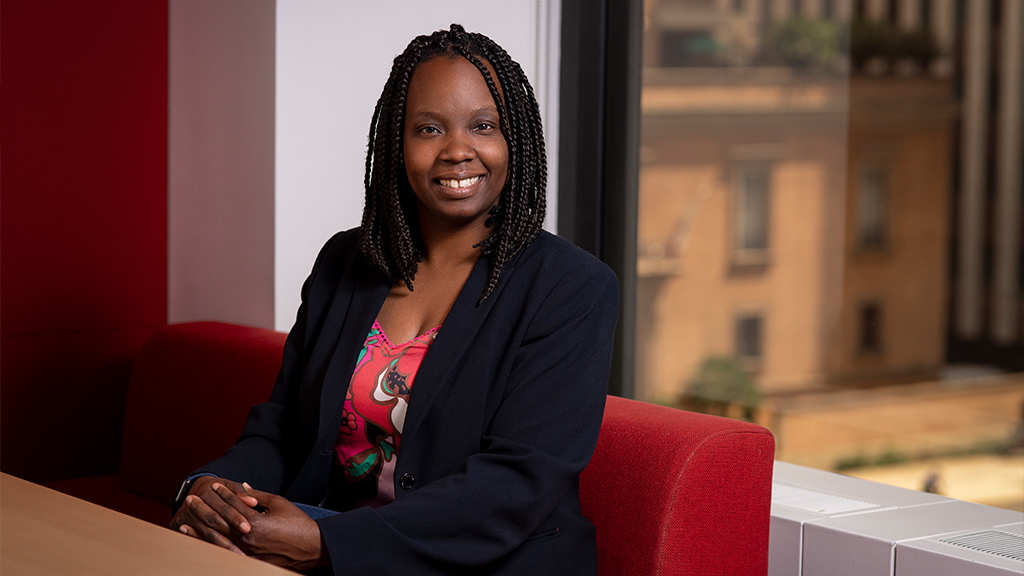
Demetra Thornton
Co-Managing Director, Principal
Demetra Thornton is Co-Managing Director in Gensler’s Raleigh-Durham office, focused on projects that push the boundaries of impact, resilience, and experience.
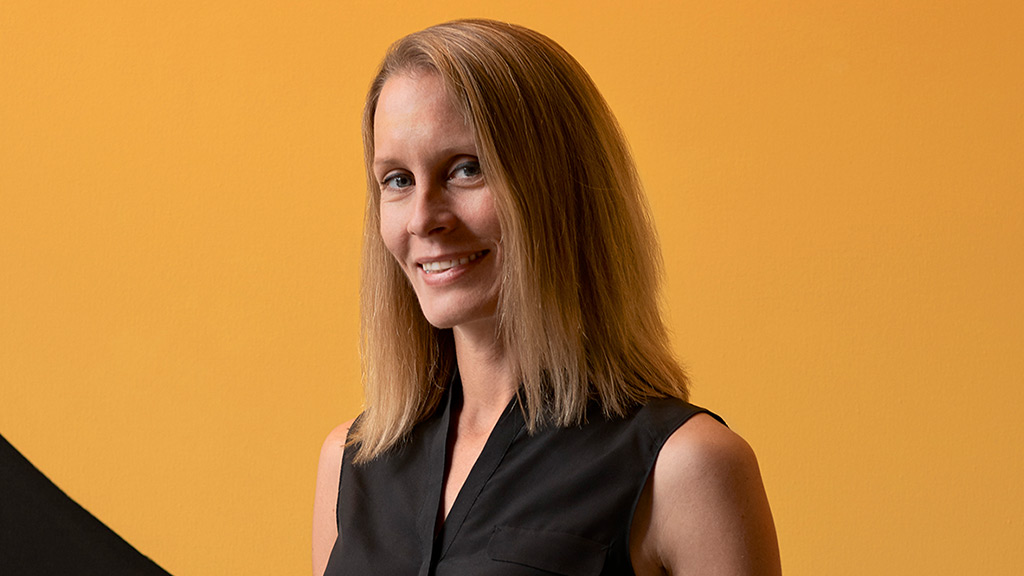
Elizabeth Pritchett
Studio Director
Elizabeth is an interior architectural designer based in Gensler’s Los Angeles office. Her wide range of experience includes large-scale projects across sports, hospitality, rec...

Jon Niemuth
Director of Sports, Principal
Jon is a veteran sports designer at Gensler, invested in delivering sports and entertainment venues that are integrated into the fabric of their urban context.
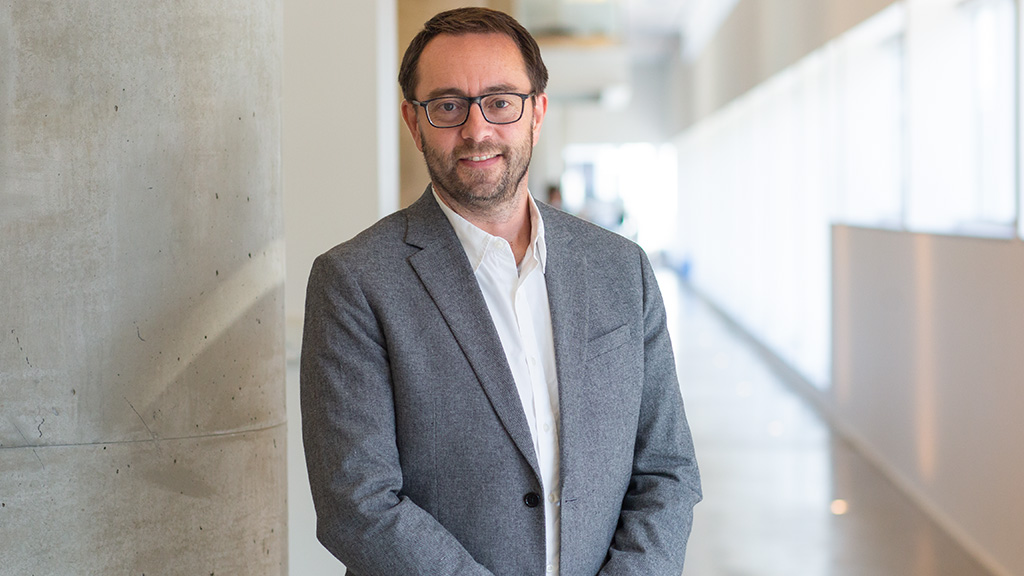
Jonathan Emmett
Design Director, Principal
Jonathan Emmett is Principal and Design Director at Gensler who has dedicated his career to the design of sports venues and training facilities.

Kristin Byrd
Design Director
Kristin Byrd is a registered architect and a Design Director for Gensler’s Sports practice, based in Austin.

Omar Quesada
Design Director, Principal
Omar Quesada is a regional leader in Gensler’s Sports practice who brings passion and experience in designing both learning environments and sports facilities.

Tayomara Gama
Sports Leader
Tayo Gama is a Sports Leader for Gensler Europe who is passionate about the transformative power of sport architecture to create an experience-focused future
NEWS
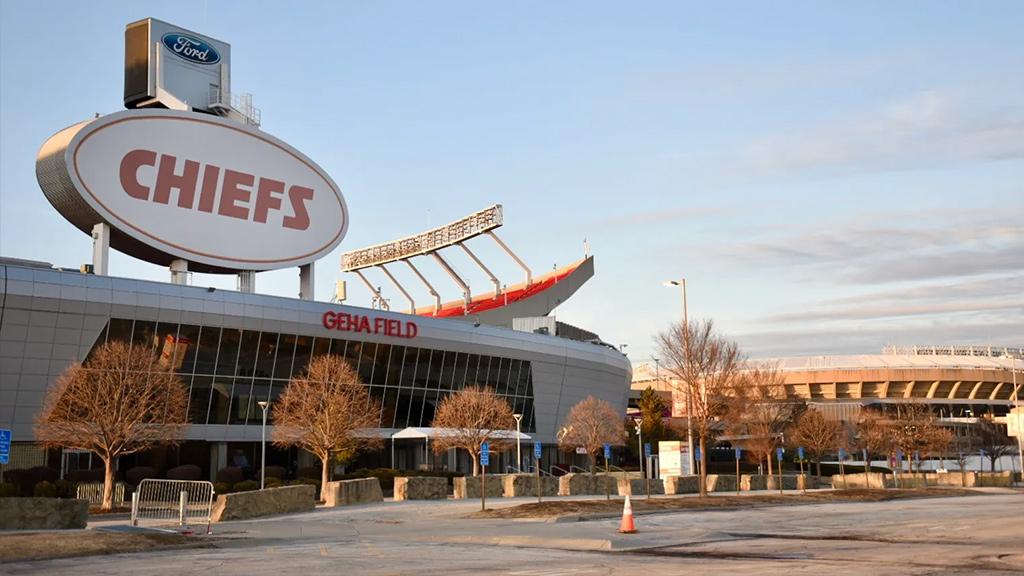
In The Media
![]() Audacy
Audacy
How Cities Can Build Thriving Entertainment Districts
Audacy interviewed Scott Sayers from Gensler Kansas City about how cities can build thriving entertainment districts by approaching a stadium and its surrounding areas as “one cohesive community.”
June 01, 2025
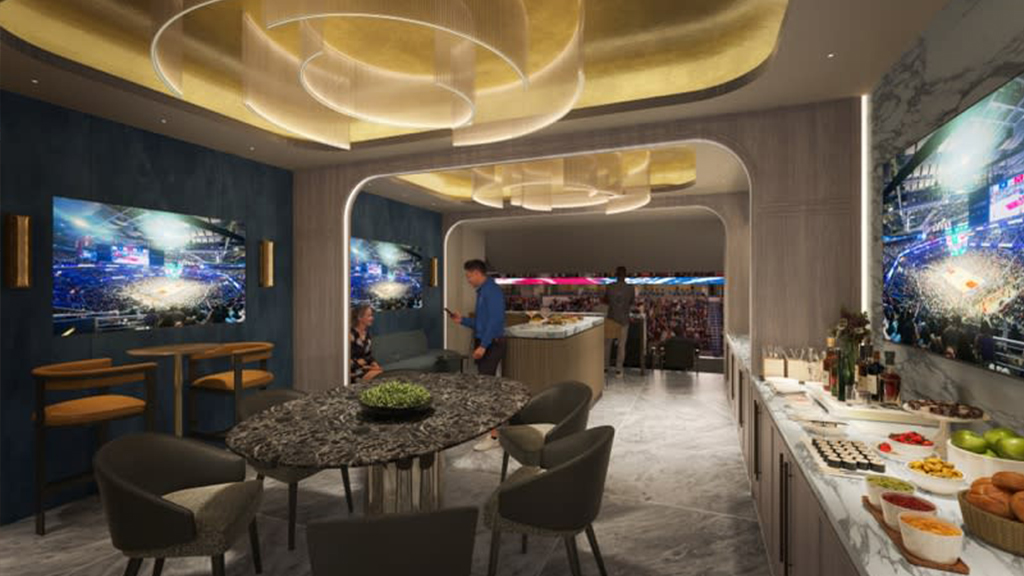
In The Media
![]() Yahoo! News
Yahoo! News
Gensler is Designing Three Luxury Suites at D.C.’s Capital One Arena to Elevate the Guest Experience
Design Director Andrew Jacobs explained, “We’re bringing a new level to Capital One Arena — rethinking everything from the overall ambiance to the smallest touchpoints.”
May 19, 2025
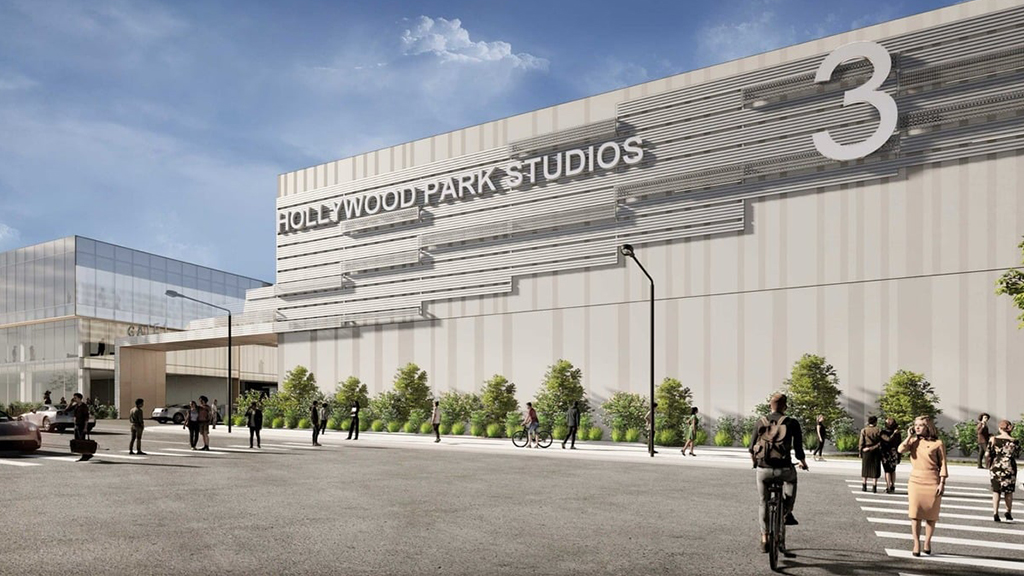
In The Media
![]() Los Angeles Times
Los Angeles Times
Hollywood Park Studios Will Serve As the 2028 Olympic Games International Broadcast Center
Built by Los Angeles Rams owner Stan Kroenke and designed by Gensler, the space will house hundreds of broadcasters during the Summer Games and will later be used to make movies, television shows, and more.
May 13, 2025

In The Media
![]() Los Angeles Times
Los Angeles Times
Los Angeles Times Shared Plans for the Rams’ New Headquarters as Part of a Mixed-Use Development at Warner Center
Gensler Principal Eric Stultz was interviewed, along with Rams’ owner Stan Kroenke, Councilmember Bob Blumenfield, and other partners, about Rams Village, which will anchor the $10 billion mixed-use development in the San Fernando Valley.
April 06, 2025
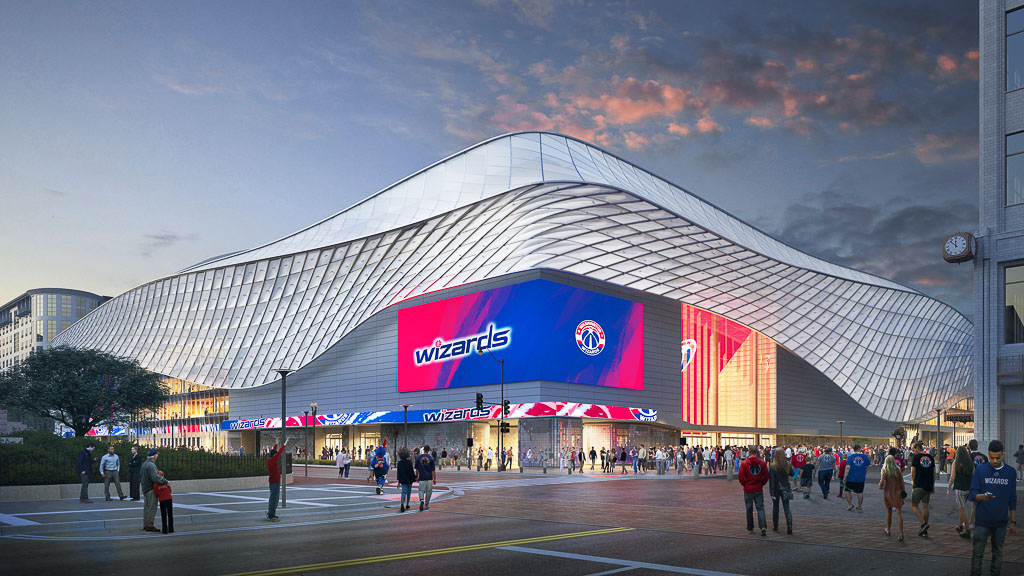
In The Media
![]() TheStreet
TheStreet
How Innovations in Architecture Are Transforming How We Experience Sports
Gensler Co-CEO Jordan Goldstein discussed the firm’s work to reshape sports and entertainment facilities in 2025 across projects including Phoenix Mercury’s Training Facility and HQ and Capital One Arena.
March 17, 2025
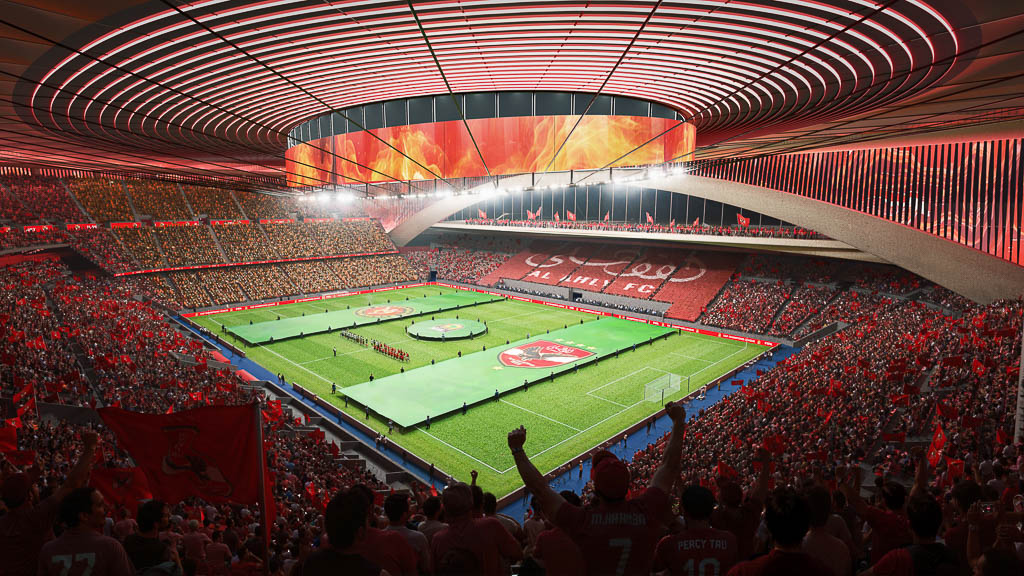
In The Media
![]() Dezeen
Dezeen
Dezeen Revealed Gensler’s Design for Al-Ahly Football Club’s First Home Stadium in Cairo
Gensler Sports Leader Tayomara Gama says the design “aims to create a landmark venue that embodies the spirit of the club and acts as a cultural and economic catalyst for the region.”
February 17, 2025
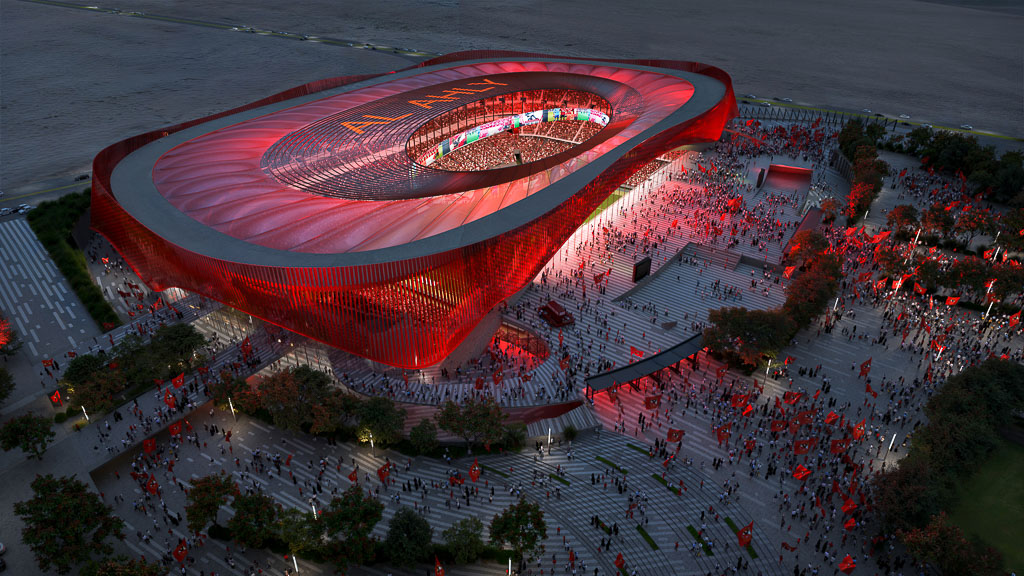
Press Release
Gensler Unveils Visionary Concept for Al-Ahly Football Club’s First Home in Cairo
Gensler’s design aims to create a landmark venue that embodies the spirit of the Al-Ahly Football Club and acts as a cultural and economic catalyst for the region.
February 17, 2025
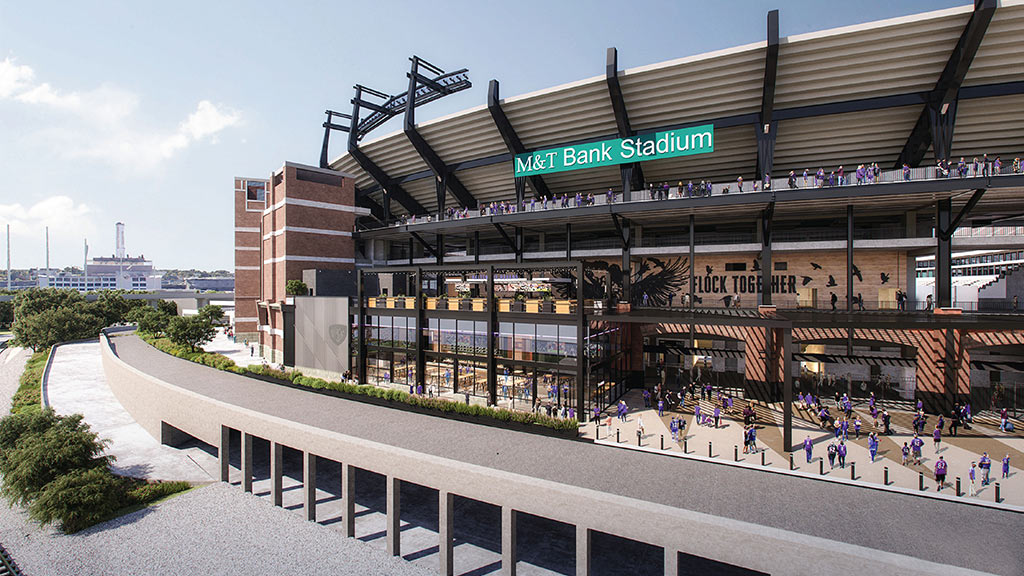
In The Media
![]() Axios
Axios
Why the Latest Stadium Renovations Aim to Make Fans Part of the Game
Gensler co-CEO Jordan Goldstein shares how sports experiences can create “a whole ecosystem that attracts fans and event-goers — from hotels to restaurants and bars, retail and cultural attractions.”
January 02, 2025
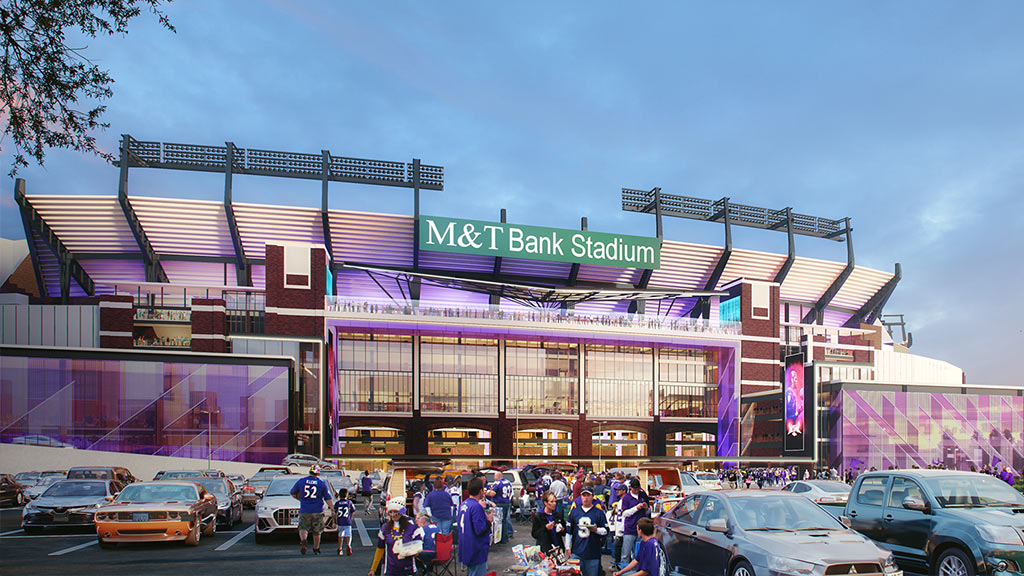
In The Media
![]() Building Design+Construction
Building Design+Construction
Building Design+Construction Recognizes Gensler Among the Top Sports Facility Architecture Firms of the Year
Gensler ranked #2 on Building Design+Construction’s list of the nation’s largest sports facility architecture and architecture/engineering firms for 2024.
December 20, 2024
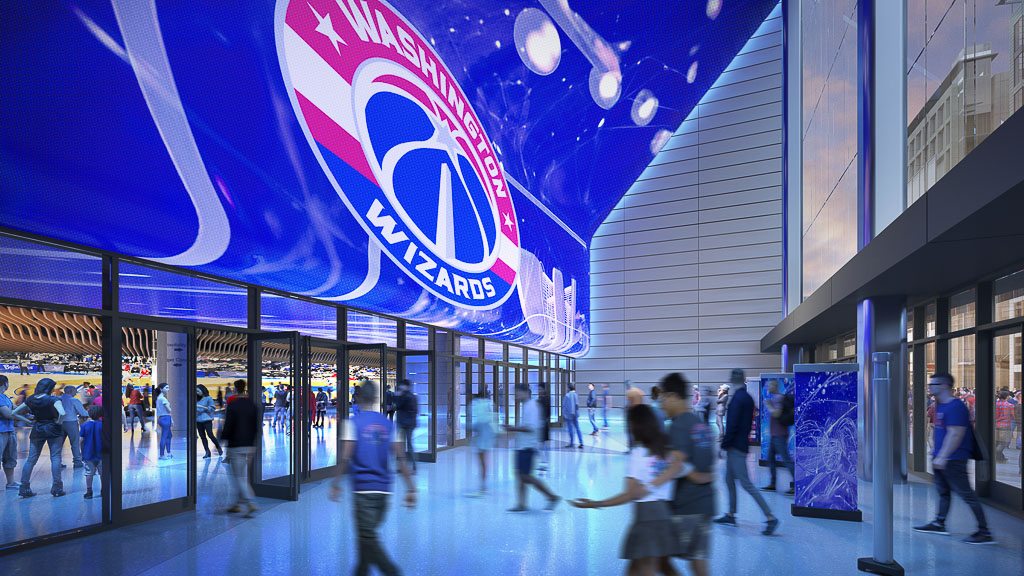
In The Media
![]() The Washington Business Journal
The Washington Business Journal
Gensler Co-CEO Jordan Goldstein Discusses Capital One Arena’s Connection to Its Surrounding Community
The Washington Business Journal spoke with Gensler Co-CEO Jordan Goldstein about how the new People’s Plaza, adjacent to Capital One Arena, will serve as a central gathering place for the community.
December 19, 2024
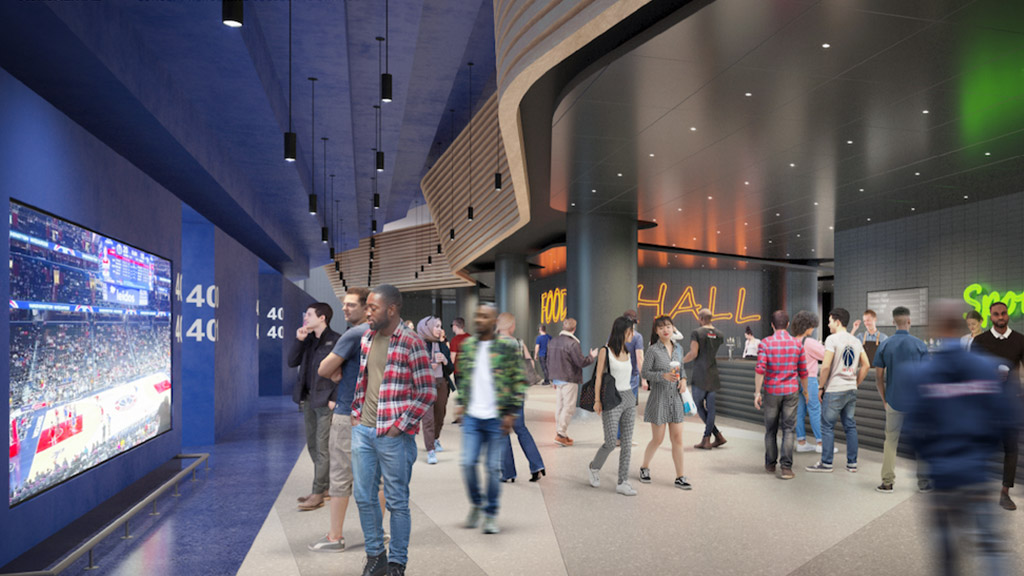
In The Media
![]() The Stadium Business
The Stadium Business
Gensler, Clark Construction Group, and CAA ICON Are Collaborating To Transform Capital One Arena
Capital One Arena renovations include state-of-the-art upgrades, expanded facilities, and innovative design elements to create a world-class destination.
October 29, 2024
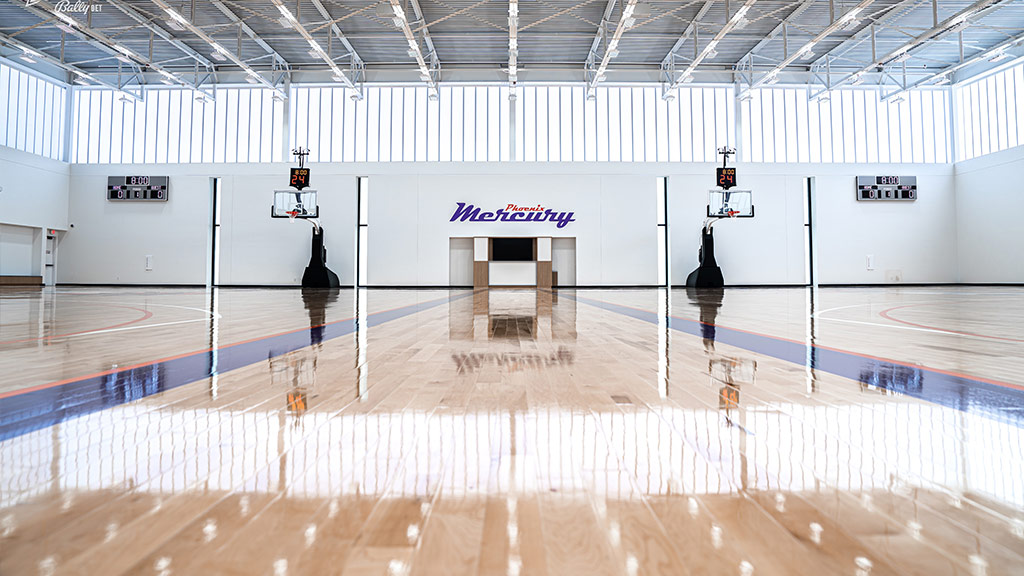
In The Media
![]() Bloomberg Business of Sports
Bloomberg Business of Sports
Bloomberg Business of Sports Interviewed Elizabeth Pritchett on the Phoenix Mercury Training Facility Design
Gensler Studio Director Elizabeth Pritchett discussed the firm’s work to help close the gender gap in sports by building state-of-the-art training facilities designed for women athletes. Listen to the podcast.
September 20, 2024
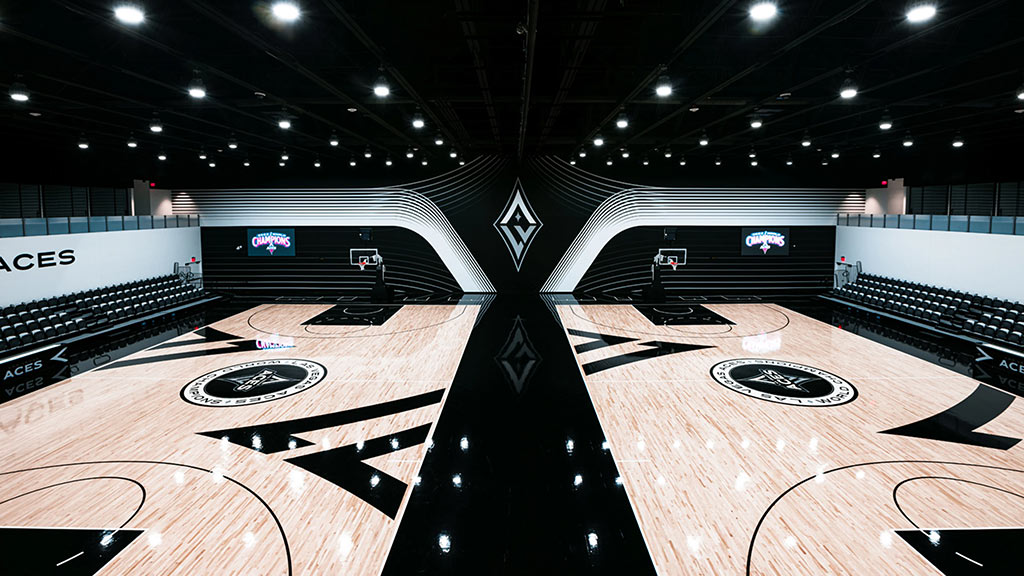
In The Media
![]() Fast Company
Fast Company
The Las Vegas Aces WNBA Training Facility is “Sparking a Revolution in Women’s Sports”
Fast Company interviewed Gensler Architects Susan Han and Kristin Byrd about their vision and design behind the innovative space, specifically designed for female athletes.
August 24, 2024
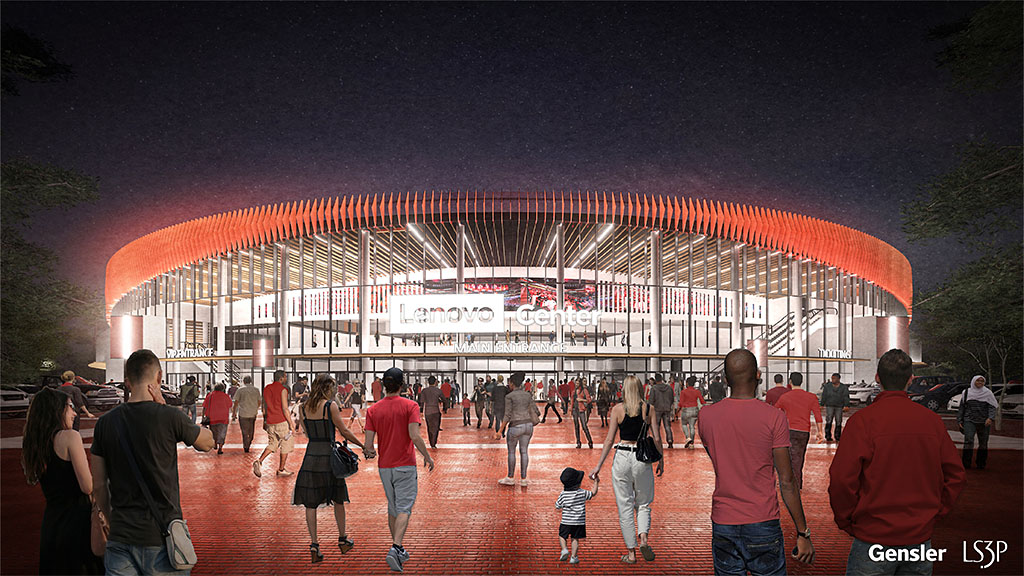
In The Media
![]() The News & Observer
The News & Observer
How a $300 Million Renovation Could Refresh and Transform the Former PNC Arena
Gensler’s Demetra Thornton noted the new Lenovo Center, led by Gensler Sports with LS3P, will offer “something for everyone.”
August 04, 2024
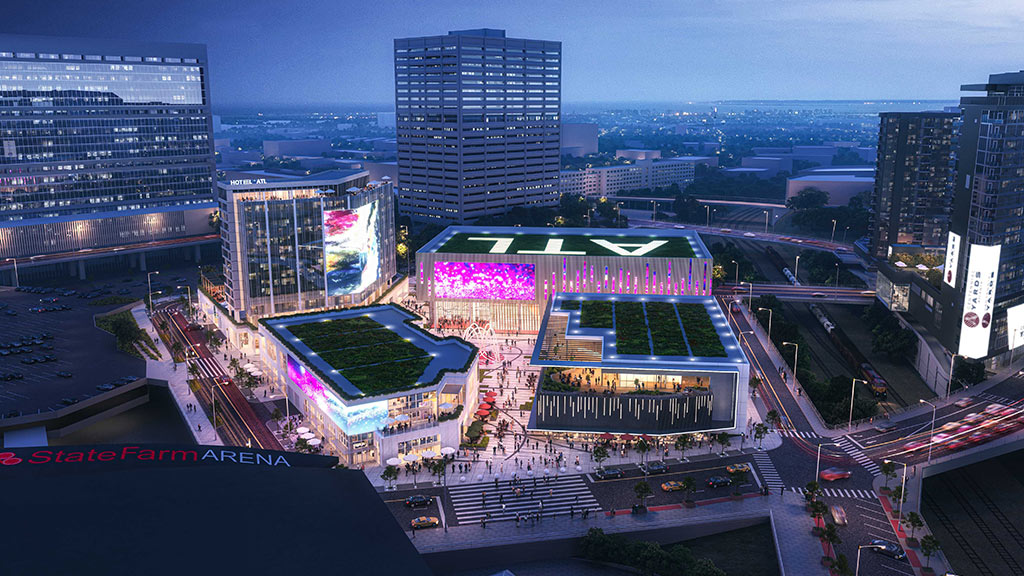
In The Media
![]() Sports Business Journal
Sports Business Journal
Cosm Has Signed On To Be the Anchor Tenant at Centennial Yards Entertainment District
Gensler is the architect for the 70,000-square-foot immersive entertainment venue in Atlanta, which will deliver live sports and experiential entertainment in Shared Reality, Cosm’s cutting-edge technology.
July 22, 2024

In The Media
![]() Phoenix Business Journal
Phoenix Business Journal
The Phoenix Mercury’s Brand-New Basketball Practice Facility Opens
The Phoenix Mercury training facility and headquarters, designed by Gensler, opens ahead of the WNBA’s 2024 All-Star Game in downtown Phoenix.
July 18, 2024